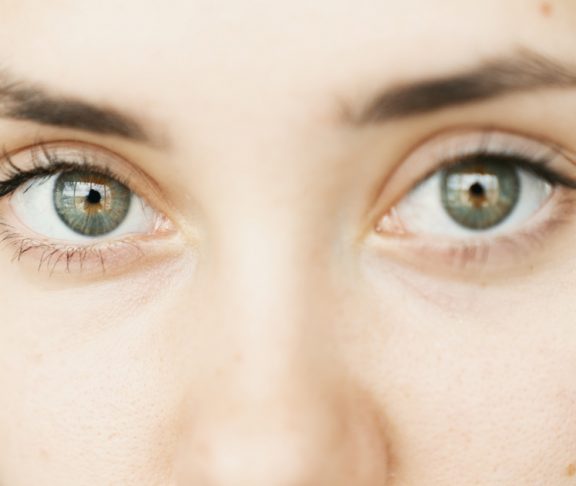The health of our eyes is precious. So it’s important to protect it with regular eye examinations, which can also highlight other health concerns.
In recent years, the general public has become increasingly aware of the importance of regular eye examinations. They are mindful of eye conditions such as macular degeneration, glaucoma and cataracts, and know that the earlier these are identified, the better they can be managed and treated.
By looking into the back of the eye, an optometrist can even detect high pressure around the brain.
More of us understand that sight tests can help gauge the state of our general health, too, picking up signs of diabetes or high blood pressure, for instance. What may be less well known is that by looking into the back of the eye, an optometrist can even detect evidence of more serious disorders, such as high pressure around the brain.
Dramatic innovations in technology
These breakthroughs have been made possible because of advances in technology. “For example, many optometrists now have a scanner that can look at every layer of the retina and precisely diagnose wet macular degeneration, picking up problems at the earliest stage,” says Daniel Hardiman-McCartney, Clinical Advisor, College of Optometrists.
“Not only is that great for people — because it gives them the peace of mind of knowing whether they have a problem or not — it’s also great for the NHS. That’s because having this kind of infrastructure outside of hospitals frees up eye clinics and consultants, and allows them to focus their precious resources on serious or complex cases; and it means more and more people are able to access eye care in the community.”
New possibilities to combat myopia
This is also an exciting time for eye care and vision research. Take myopia — or shortsightedness — for instance. This is a condition which is currently twice as prevalent as it was in the 1960s, for reasons that are not yet fully understood. What is known is that we are most likely to become shortsighted between the ages of six and 13.
“Research into myopia is rapidly evolving,” says Hardiman-McCartney. “First of all, there are a number of studies looking into the underlying causes of shortsightedness. Plus, there is ongoing research into drug treatment to discover if eye drops could be given to children who are slightly shortsighted in order to reduce how shortsighted they ultimately become.” For the first time, steps are being taken to ensure that myopia can be managed — not simply corrected when it occurs.
The importance of regular testing
This supplement investigates various eye conditions, diseases and breakthroughs and makes clear that if you have any concerns about your vision or eye health, it’s important to visit an optometrist.
Most people have a practice nearby. Depending on their circumstances, they may even be entitled to a free sight test on the NHS. Even if they have to pay, a test is relatively inexpensive. It’s also usually quick. In just 30 minutes or so, a professional will appraise their vision, check the health of their eyes and look for signs of any other health concerns. Surely that’s half an hour well spent?


